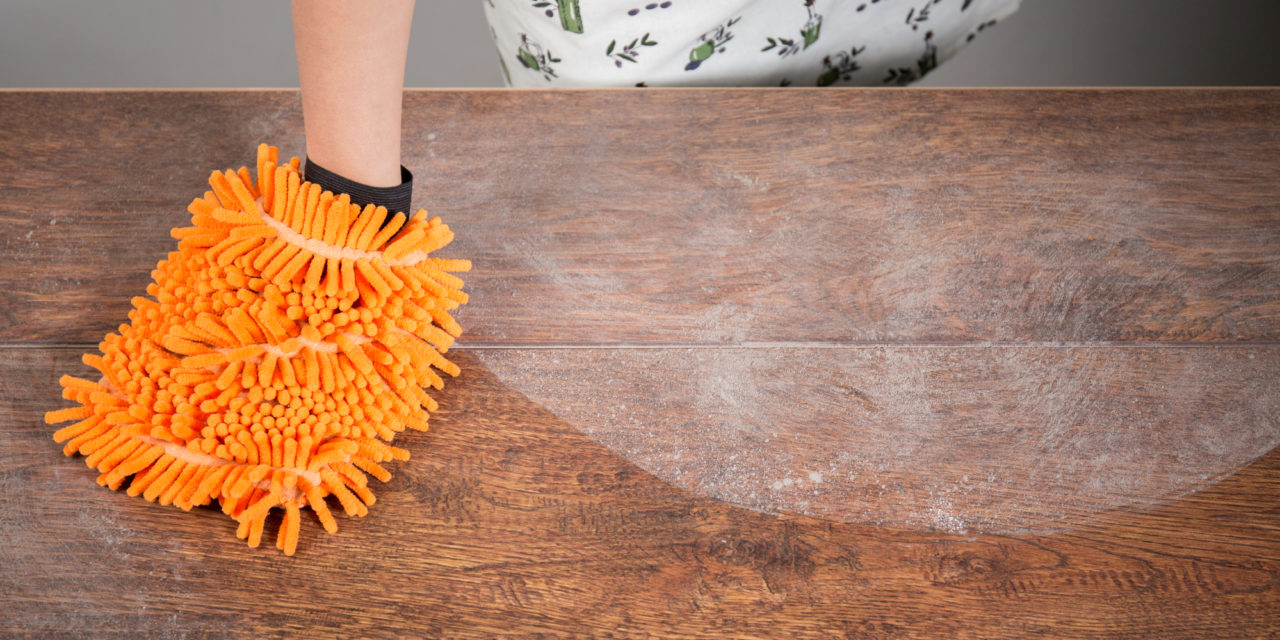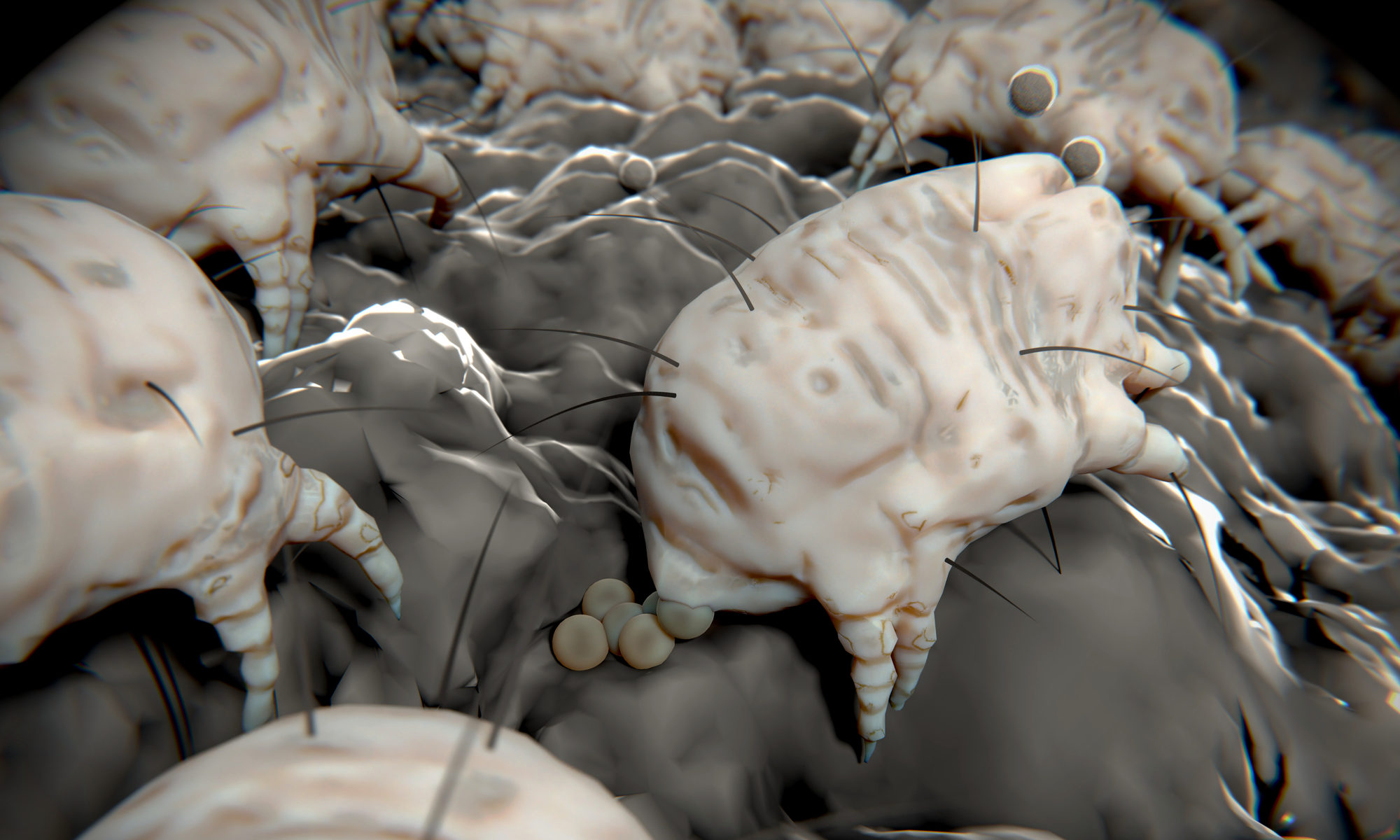Are cleaning and dusting actually making your indoor air quality worse?
By Catherine Poslusny
Even when your home is sparkling clean, there may still be chemicals and allergens lurking in the air. In fact, cleaning is probably responsible for many of them. Dusting is another air quality culprit, as we usually just stir up dust particles (and their many gross or toxic ingredients) making them airborne and worsening our indoor air quality (IAQ). To improve your IAQ while cleaning, look at the cleaning product you’re introducing and then try rethinking your dusting routine. The best eco-friendly cleaning products are safer for your home’s occupants and the environment.
Traditional cleaning and disinfecting products and procedures, especially air fresheners, can linger in the air long after use, exposing your household to potentially harmful chemicals. Once airborne, dust and chemicals float around your home until they find a way outside. This can take a while in older, drafty homes and tightly insulated homes with energy-efficient doors and windows. Often, dust and chemical residues settle on the surfaces in your home before they’re vented. Then, the cycle starts over again the next time you clean.
Ditch your old dusting routine
Household dust can have a major impact on your indoor air quality. You may have heard that dust is made up of mostly dead skin cells, but they’re far from its only ingredient. Dust also contains many allergy triggers, such as dust mite particles and droppings, mold spores, pollen, cockroach particles, and animal fur, dander, and saliva.
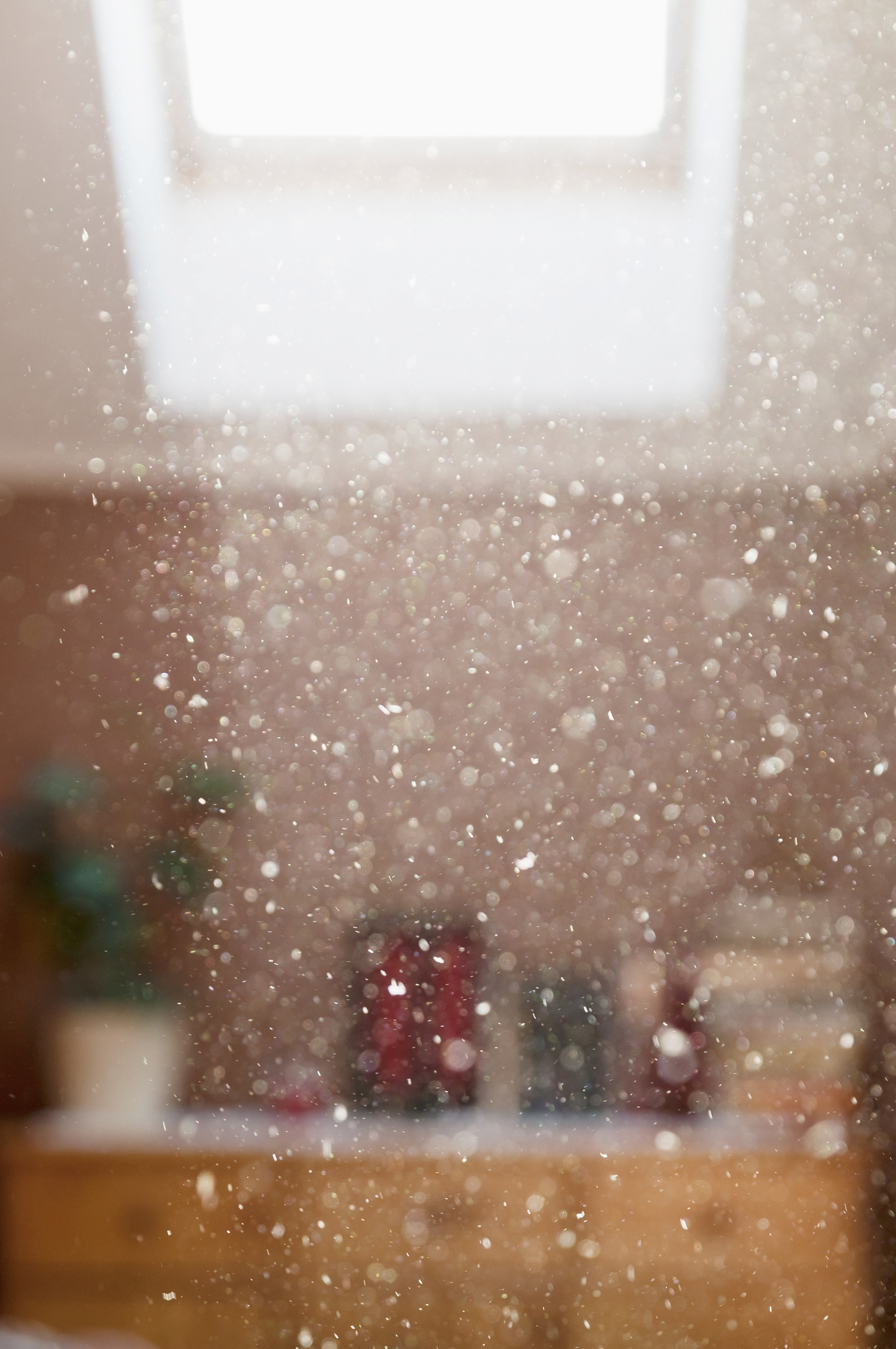
Aside from triggering allergy and asthma symptoms, dust may also contribute to other health problems. A 2016 review of dust exposure studies found household dust to contain many harmful chemicals, including phthalates, environmental phenols, flame retardants, combustion byproducts, fragrances, and fluorinated chemicals. Toxic chemicals in dust may harm the reproductive, digestive, respiratory, and nervous systems, and they’re linked to various cancers and other health problems.
So, dusting is essential to cut down on allergens, chemicals, and other pollutants in your indoor air. But dusting the wrong way could actually make the problem worse. Traditional dusting tools, such as feather dusters and dusting sprays, don’t actually get rid of dust. They send it back up into the air you breathe, then it may re-settle.
The best eco-friendly cleaning products pick up and remove all these harmful chemicals and particulates from your home. Use a vacuum cleaner and microfiber cleaning cloths to trap and dispose of dust without stirring it into the air. Remember these oft-missed dust magnets:
- Light bulbs and fixtures
- Vent covers
- Furniture undersides and supports
- Cabinet and closet shelves
- Blinds, curtains, and other window treatments
- Ceiling fans
Remember your filters!
The filter in your HVAC system does much of the heavy lifting when it comes to removing airborne dust and other particles. Next time you replace your filter, check the packaging for a Minimum Efficiency Reporting Values (MERV) rating to understand how well the filter can trap airborne particles. The higher the MERV rating, the better it is at capturing particle pollution. HEPA filters are the most efficient mechanical filters for trapping dust, pollen, mold, and other particles in the air.
Unfortunately, replacing your HVAC filter isn’t as simple as picking the most efficient one and popping it in. The better a filter is, the harder your HVAC system has to work to push air through it. Talk to an HVAC professional if you’re not sure which level filter your system can handle. Whatever you choose, make sure to replace it regularly according to the manufacturer’s recommendations, as old, dirty filters can clog your HVAC system and circulate dust and debris right back into the air.
Vacuum cleaners and air purifiers also come with filters of varying efficiency. As with your HVAC system, you want to use the best filter that your appliance can handle. (HEPA is the gold standard here too, so do your research before purchasing that robot vacuum.) Don’t forget to clean and/or replace your vacuum and air purifier filters regularly, according to manufacturers’ instructions.

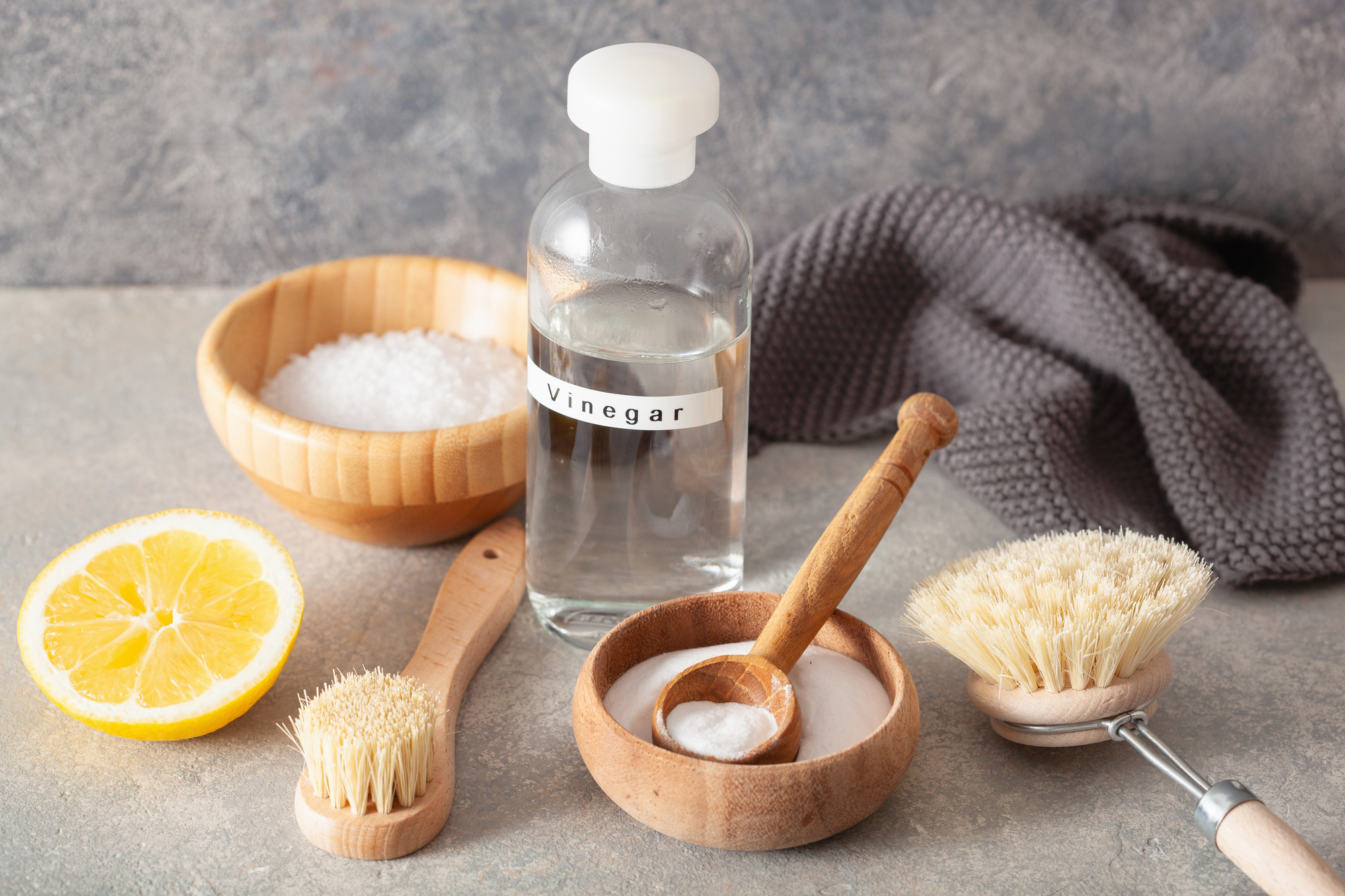
Seek out the best eco-friendly cleaning products
Most cleaning products on grocery store shelves contain strong chemicals and synthetic fragrances that may damage your health. Some of these chemicals are volatile organic compounds (VOCs), which quickly evaporate at room temperature and pollute indoor air. Exposure to VOCs from cleaning products may cause increased risk of new-onset asthma and other respiratory effects.
Product labels can be misleading, and it’s not always easy to tell whether a cleaning solution contains harmful fragrances or VOCs. The EPA Safer Choice label can help you identify which products are safest to use around your family and pets (while still getting the cleaning job done). You can search for different types of Safer Choice certified cleaners here.
An even better way to make sure your cleaning products won’t pollute your indoor air? You can make some of the best eco-friendly cleaning products yourself. Vinegar, baking soda, lemon, and water can be combined in many ways to tackle most cleaning jobs around the house. There’s a reason these ingredients have been cleaners for centuries—they really work!
Note: Baking soda and vinegar are great for most of your cleaning needs, but they aren’t disinfectants. If you’re worried about mold, bacteria, and viruses, check out Elemental Green’s guide to eco-cleaning and disinfecting, provided by our friends at Green Seal.
Some of the links in this article are affiliate links, meaning at no additional cost to you, we will earn a commission if you click through and make a purchase. Thank you for helping us continue to bring you great content.
Go green when you clean
The toxic chemicals in some cleaning products aren’t just bad for your health; they can also harm the environment. Cleaning solutions released into the air by spraying or through VOC evaporation negatively impact IAQ and contribute to outdoor smog. When rinsed down the drain, toxic cleaning chemicals may contaminate groundwater, rivers, and streams, where they can disrupt wildlife and potentially enter the food chain. And, of course, a product’s plastic packaging will likely end up in a landfill, or worse. Circularity is always key. Note that Swiffer or other disposable products may be effective and safe for your IAQ, but they will add to your waste stream.
An increasing number of brands have begun marketing their products as “environmentally friendly,” “eco-safe,” or “green.” These terms aren’t regulated, so they don’t guarantee that a product is actually safe for the environment. Beware of “greenwashing” (an ironic term in this instance), and, again, transparency on ingredients lists.
In addition to the Safer Choice and Green Seal programs, eco-safe products may also carry certifications from the EPA’s Design for the Environment program, the Environmental Working Group’s EWG VERIFIED, Ecologo, and Cradle to Cradle. We’ve found Amazon’s ability to sort products by green certification very helpful.
Some of the best eco-friendly cleaning products we found include:

BLUELAND Clean Home Kit (3 Reusable Bottles + 3 Tablet Refills)
Buy the bottles once and refill forever. This way you’re not repeatedly shipping water content and adding to your carbon footprint. The refills are packed in compostable paper-based packaging.
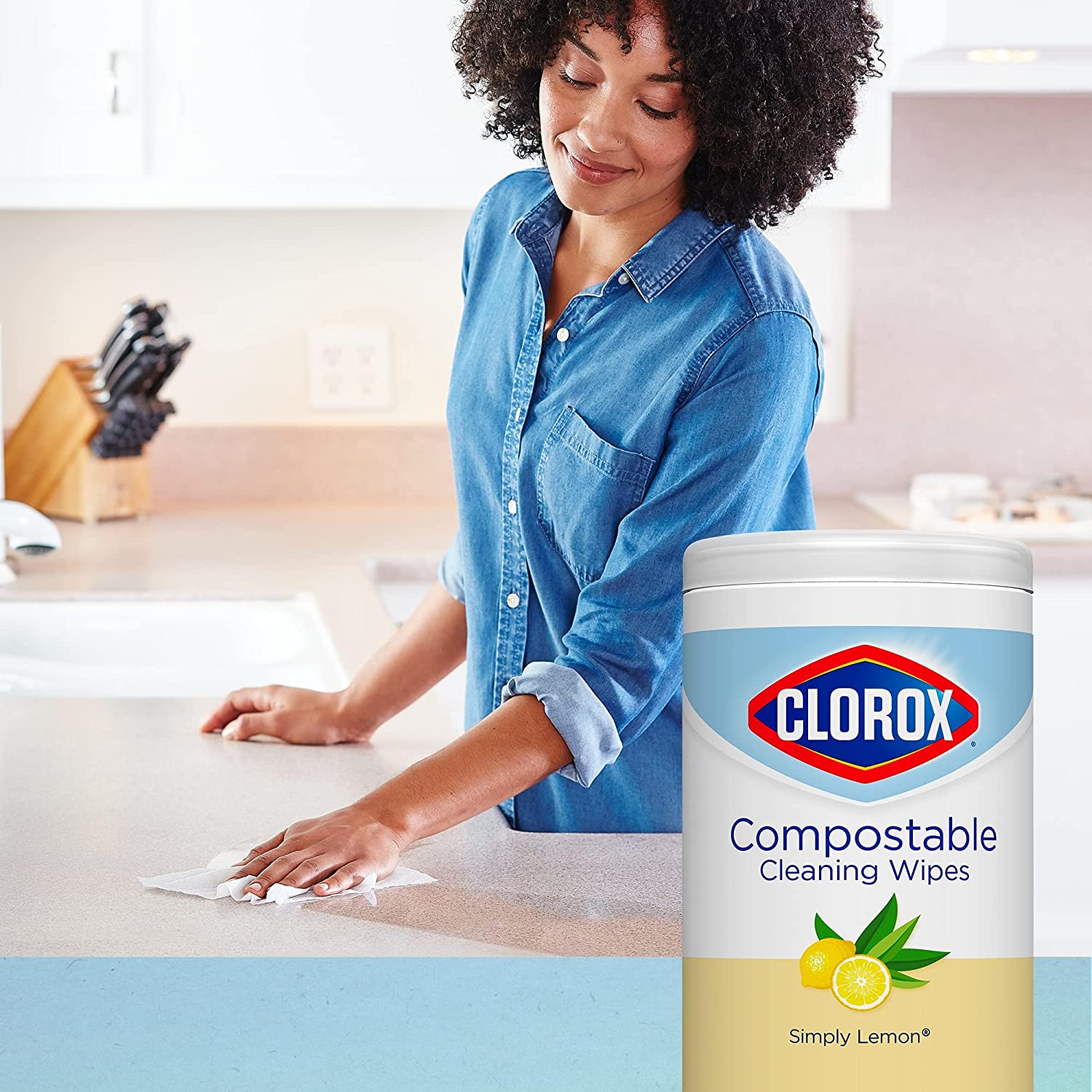
Clorox Compostable Cleaning Wipes
These EPA Safer Choice certified cleaning wipes are durable but made from plant-based fibers that are compostable in municipal composting facilities.

Seventh Generation Natural Toilet Bowl Cleaner
This plant-based, nontoxic formula cleans without harsh fumes. The scent is derived from emerald cypress and fir essential oils and botanical extracts. Also safe for your septic tank.
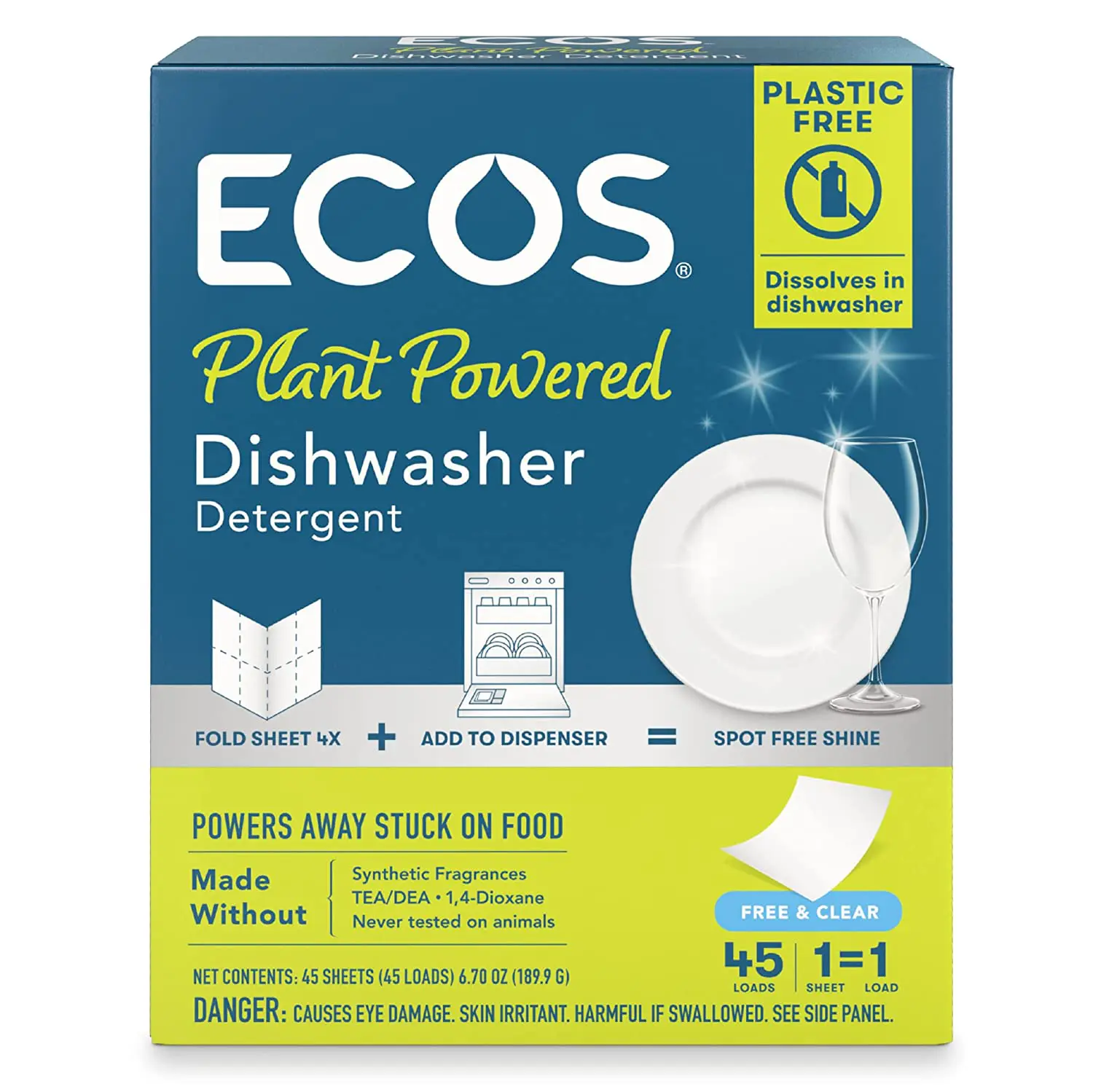
ECOS Plastic Free Dishwasher Detergent Sheets
A woman-owned and Black-owned company, ECOS uses 100% renewable energy to make its products in US facilities that are carbon neutral, water neutral, and certified zero waste. We’re not seeing an EPA Safer Choice label on this product yet, but it’s plant-based, 100% plastic-free, and zero waste in your home.

Eco-Me Concentrated Muli-Surface and Floor Cleaner
Free from sulfates, perfumes, artificial fragrance, dyes, bleach, ammonia, and harsh preservatives, this product meets Green Seal, Leaping Bunny, and Amazon’s Compact by Design certifications. For use on tile, stone, sealed wood, vinyl, Linoleum, concrete, and other sealed surfaces, dilute 1 part cleaner to 64 parts water.

Force of Nature Natural Cleaner
This small appliance converts salt, water, and vinegar into a powerful multi-purpose cleaner and deodorizer. Safe, family-friendly ingredients combine with reusable bottles to defeat grease, grime, sticky messes, soap scum, odors, and more.

Sustainable cleaning switches
Greening your cleaning routine can be easy and affordable with the following steps:
- Switch single-use cleaning solution containers for refillable glass bottles—or just make your own all-natural cleaning products from ingredients in your pantry.
- Ditch the disposable wipes and paper towels for reusable cleaning cloths.
- Trade in your synthetic sponges for natural, compostable ones.
- Check those cleaning products for minimal, reusable, or recyclable packaging!
This article springs from content in Living Green Effortlessly: Simple Choices for a Better Home by Marla Esser Cloos. You can find a trove of green-home information and inspiration via her blog, podcast, and more at greenhomecoach.com.
The author:
Catherine Poslusny is a freelance writer and content marketing specialist based out of Norman, OK. You can find her at catherinerosewrites.com.
Our team researches products, companies, studies, and techniques to bring the best of green building to you. Elemental Green does not independently verify the accuracy of all claims regarding featured products, manufacturers, or linked articles. Additionally, product and brand mentions on Elemental Green do not imply endorsement or sponsorship unless specified otherwise.


